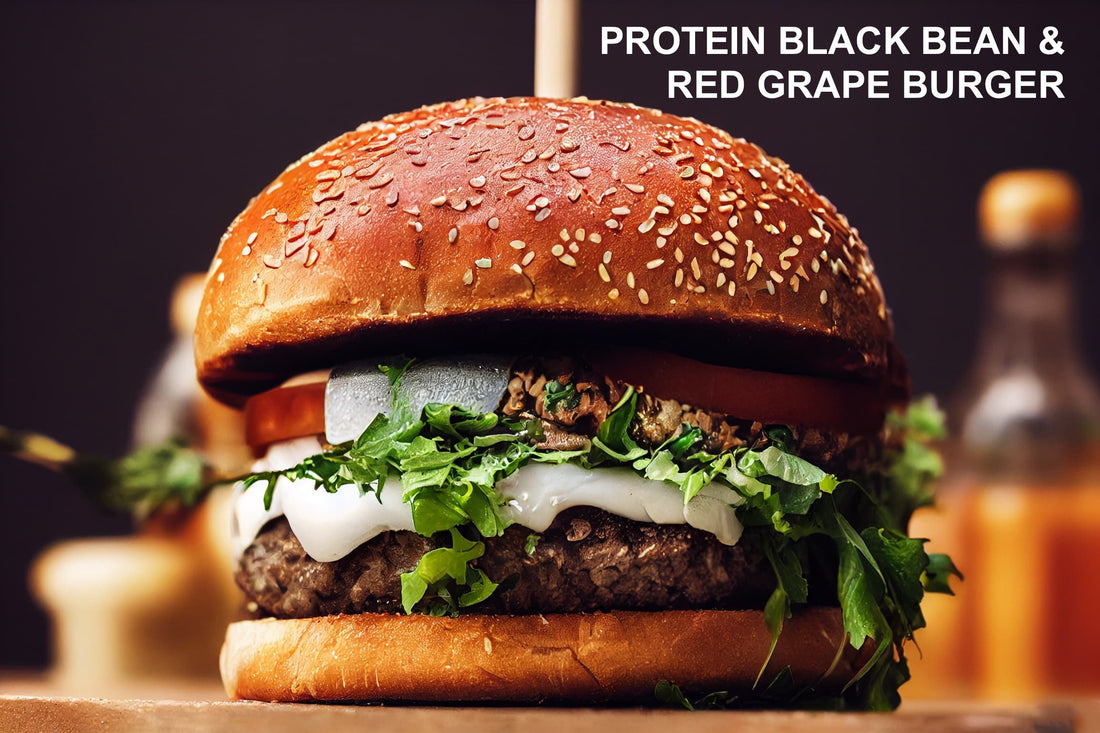In the dynamic world of culinary innovation, where flavour, presentation, and nutrition converge, 2023 has witnessed a fascinating twist in the tale of meat alternatives. Red grape skins, traditionally associated with winemaking, have transcended their role as mere byproducts, becoming a transformative ingredient in the realm of alternative proteins. Some innovative companies are finding ways to repurpose these grape skins into new products. This can include making snacks, supplements, or even natural dyes from the nutrient-rich grape skins.
As a natural additive, grape skin powder is increasingly used in functional food recipes for a balanced and even healing diet.
  
|
Beyond adding a burst of colour to the plate, these skins bring forth a wealth of fibre and essential nutrients, redefining how we approach meat alternatives.
A Visual Symphony on the Plate: Red grape skins are renowned for their rich hues, ranging from deep purples to vibrant reds. As culinary artists seek to create visually appealing and enticing dishes, the inclusion of red grape skins brings a natural, earthy aesthetic to meat alternatives. The infusion of colour doesn't just stop at visual allure; it hints at a nuanced flavour profile that elevates the dining experience.
Fibre-Rich Marvel: What makes red grape skins truly remarkable is their high fibre content. In a world where dietary fibre is often a sought-after component, the addition of grape skins enhances the nutritional value of meat alternatives. Fibre not only contributes to digestive health but also imparts a satisfying texture, making these alternatives more wholesome and filling.
Unlocking Nutrient Treasures: Beyond fibre, red grape skins are a reservoir of beneficial compounds, including antioxidants and polyphenols. As consumers increasingly prioritise nutrient-rich choices, meat alternatives infused with these skins become a conduit for delivering essential elements that contribute to overall well-being.
Sustainability Meets Savoury: The adoption of red grape skins in meat alternatives aligns with the broader movement toward sustainable and conscious dining. By repurposing a byproduct from the winemaking process, chefs and food innovators are not only minimising waste but also contributing to a circular economy, showcasing how sustainability can be seamlessly woven into the culinary narrative.
Anticipating a Flavourful Future: As we look forward to 2024, the trajectory of red grape skins in meat alternatives appears poised for continued growth. Culinary enthusiasts can anticipate an array of inventive dishes that celebrate both the visual and nutritional aspects of this unexpected yet versatile ingredient.

